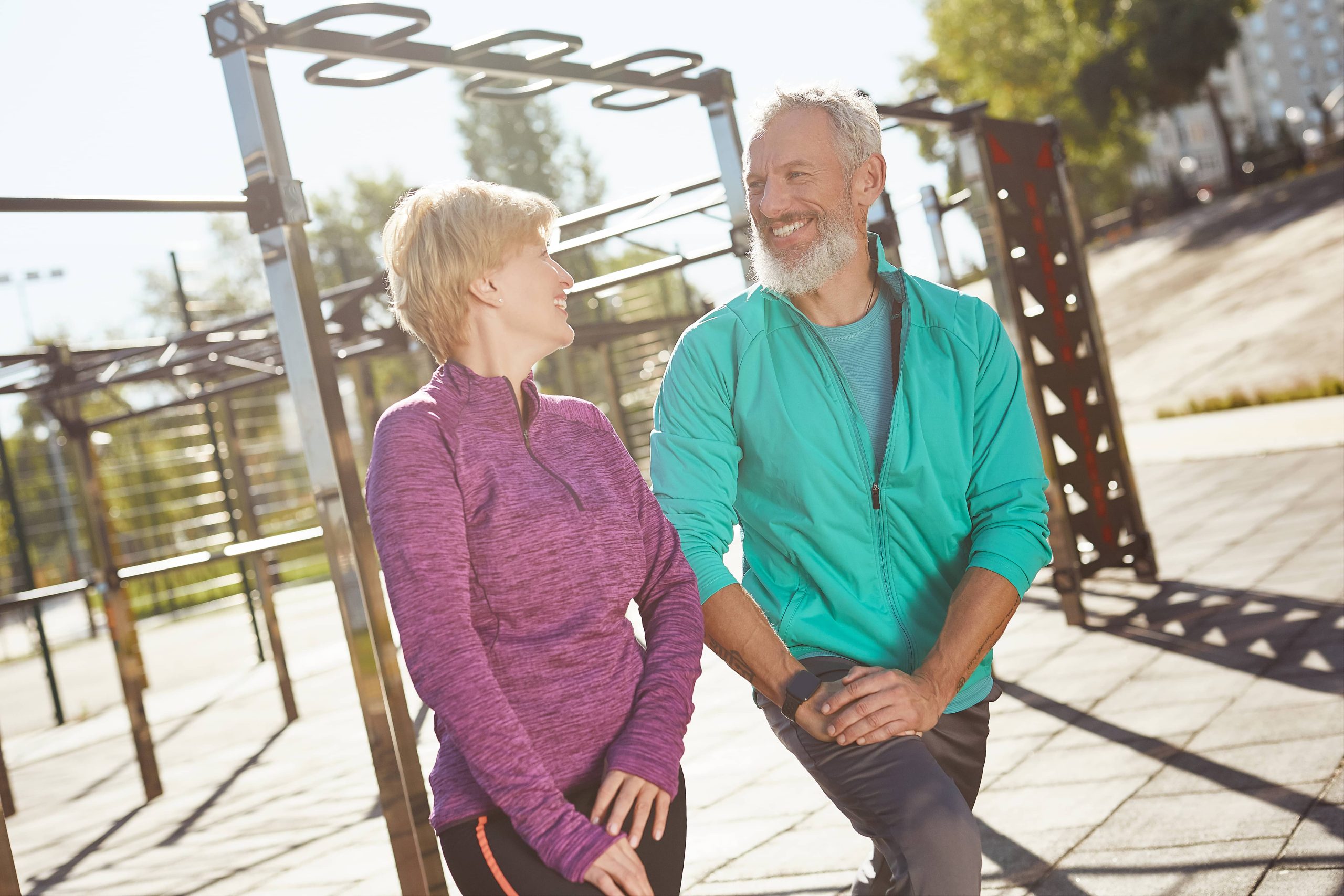
As the global population continues to age, more attention is being focused on the unique fitness needs of older adults. Maintaining physical fitness is crucial for healthy aging, but understanding how to effectively address these requirements can sometimes be challenging. In this blog post, we’ll delve into the specific fitness needs of older adults, the benefits of staying active, and strategies to effectively tailor fitness programs that support active aging.
The Importance of Fitness for Older Adults
Growing older often brings about various physical changes such as decreased muscle mass, reduced bone density, and diminished flexibility. These changes can increase the risk of chronic diseases and debilitating conditions such as osteoporosis, arthritis, and heart disease. However, regular physical activity can help mitigate these issues, contributing significantly to both physical and mental health.
For older adults, the benefits of an active lifestyle extend far beyond the obvious physical perks. Exercise has been shown to improve mental health, often reducing symptoms of depression and anxiety which can be more prevalent with age. Social connections frequently formed during group exercises or fitness classes can alleviate feelings of loneliness, an issue many aging individuals face.
Understanding the Unique Fitness Needs of Older Adults
When designing fitness programs for older adults, it’s crucial to keep their unique needs and limitations in mind. Here are some particular considerations:
– Muscle Strength: Sarcopenia, the age-related decline in muscle mass and strength, is a significant concern for older adults. Resistance training, which includes activities like weightlifting or resistance band exercises, can help counteract this effect.
– Joint Flexibility and Balance: Flexibility exercises can help maintain range of motion, reducing stiffness and improving balance. Incorporating stretching routines or yoga into a fitness regime can support these goals, as well as reduce the risk of falls.
– Cardiovascular Health: Cardiovascular exercises, such as walking, swimming, or cycling, are essential for heart health. Low-impact activities are preferable to protect joints while still improving endurance and cardiovascular fitness.
– Bone Health: Weight-bearing exercises, including walking or light dancing, enhance bone density, which is critical since bone density decreases with age, increasing the risk of fractures.
Tailoring Fitness Programs for Older Adults
Customizing fitness routines for seniors involves understanding their individual health status, limitations, and goals. Here are key strategies to consider:
1. Assess Individual Needs and Limitations
Before embarking on a new fitness journey, it’s important to conduct a thorough assessment of an individual’s health status. This should include medical history, current fitness levels, and any specific health issues. Consulting with healthcare providers to understand any exercise restrictions or recommendations is prudent for preventing injury and optimizing health gains.
2. Start Slow and Progress Gradually
For older adults who are new to exercise, it’s crucial to start with gentle, low-intensity activities. Progress should be gradual, allowing the body to adapt over time. This approach reduces the likelihood of injuries and increases sustainable engagement in fitness activities.
3. Focus on Functional Fitness
Functional fitness exercises mimic daily activities and improve strength, balance, coordination, and flexibility. These exercises often include movements like bending, lifting, twisting, and stepping. Improved functional fitness aids older adults in maintaining independence.
4. Incorporate Social Elements
Group classes or exercise groups tailored for older adults can offer more than just fitness benefits. Social interaction can be a significant motivational factor, fostering a sense of community and reducing feelings of isolation. Activities such as group walks or partnered exercises can enhance this social aspect.
5. Encourage Regular Activity
Consistency is vital in maintaining physical health. Encourage incorporating smaller amounts of physical activity throughout the day rather than long sessions. Even everyday activities, such as gardening, walking the dog, or even housework, contribute towards achieving fitness goals.
6. Emphasize Safety and Comfort
Ensure that the environment where exercises are performed is safe – this includes proper footwear, adequate hydration, and a space free from hazards. Use of supportive equipment, such as stability balls or handrails, can provide added security to older exercisers.
Highlighting Success Stories
Sharing success stories or testimonials from older adults who have embraced active lifestyles can be a powerful motivator for others. Highlighting real-world examples, either through blog features or video interviews, can inspire readers to prioritize their own physical health, showcasing the transformative effects of regular exercise.
Conclusion
Addressing the fitness requirements of older adults is about crafting a balanced, careful approach that respects their physical limitations while challenging them to improve. By integrating strength, flexibility, cardiovascular health, and social interaction into tailored fitness programs, older adults can enjoy an enriched quality of life, increased independence, and enhanced health outcomes. As we continue to understand and innovate in the realm of active aging, it’s vital that fitness routines adapt alongside scientific insights into senior health, ensuring that every individual has the opportunity to age well, full of vigor and vitality.
Let’s embrace the journey of active aging and support our older population in achieving their fitness goals, cementing a lifestyle that underscores that age is truly just a number, not a limitation.











